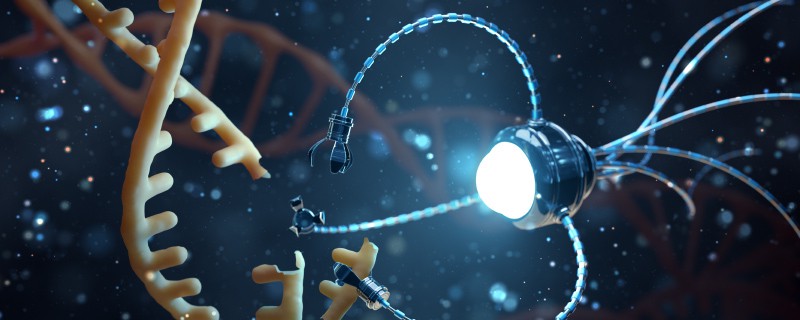Tissue Biomechanics (Elective – 6 ECTS)
The course first introduces background knowledge on tissue biomechanics, including soft/hard tissues and cells, cardiovascular biomechanics, heart as a pump, role of arterial microstructure on aortic disease, cerebral aneurysms' growth and remodeling, theoretical models of remodeling, structure-based strain energy function, computational implementation, and integration procedure for growth and remodeling.
The course then continues with more in-depth discussion on arterial wall mechanics, in regards to structure and composition of the arterial wall, comparison with structure of a vein, collagen and elastin imaged across wall layers of an artery, role of collagen and smooth muscle tone on pressure-diameter relation, incompressibility, compliance, stress vs. strain, elastic modulus, geometrical and pre-stress changes in hypertension, zero stress state, law of Laplace, stretch ratios, and equations of equilibrium.
At the end, aspects on stress and strain analysis and remodeling of arteries are introduced, concerning passive and active arterial response, manifestation of remodeling, experimental data processing, finite strain, true stress, specific steps in modeling, elasticity, heterogeneity, anisotropy, 3-D constitutive equations, boundary value problem, inflation and extension of a thick-walled tube, phenomenological constitutive modeling, in-vitro inflation-extension experiments on tubular specimens, and identification of the material constants.
